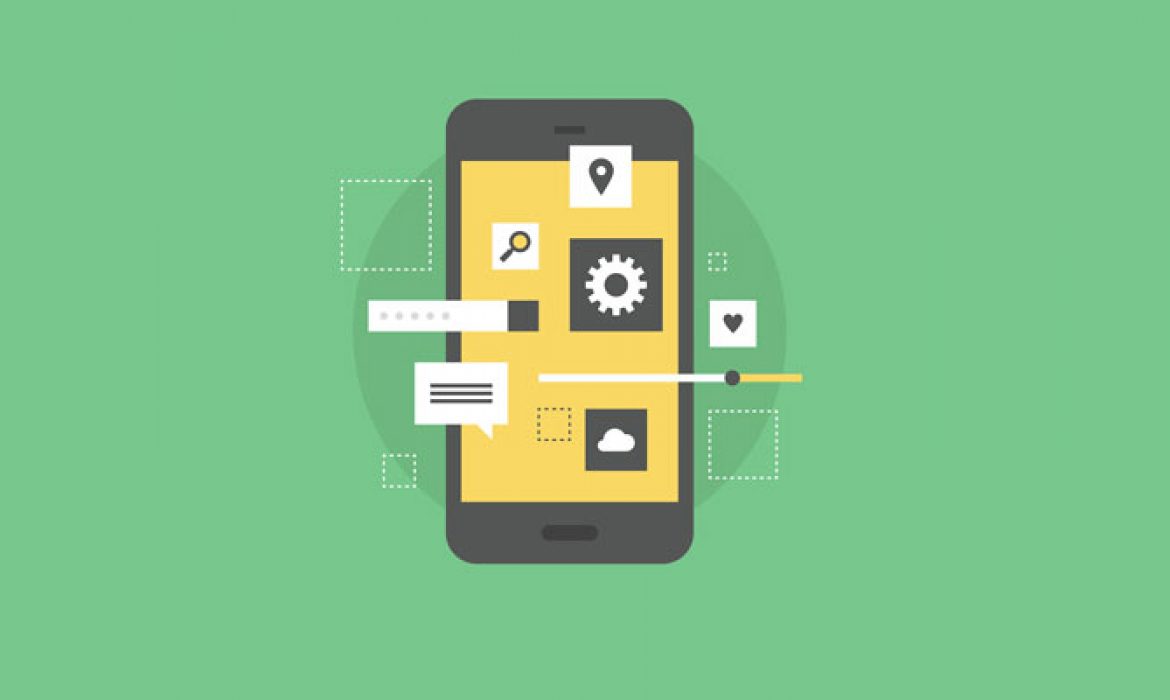
The ideal app is useful, engaging, even addictive, so that people see it as an indispensable part of their daily routine.
The mobile industry is booming, and mobile apps are completely dominating this arena. Companies of all sizes are seeing the benefits of having a mobile app. According to recent data, nearly half of small businesses are expected to adopt a mobile app by this year.
However, simply having an app is not enough to win over mobile users. Most people only use 6 to 10 apps each week. And when it comes to new downloads, only 3.3 percent of Android apps and 3.2 percent of iOS apps still had active users after 30 days.
So, how do you get people to download your app, and even more importantly, keep using it after initial installation? The ideal app is useful, engaging, even addictive, so that people see it as an indispensable part of their daily routine.
You should focus on these two metrics: mobile app engagement and mobile app retention. While both are subjective metrics, high engagement and retention make for a successful app. More specifically, engagement refers to how active users are on the app (e.g. how many user sessions per month). Retention, on the other hand, focuses on the percentage of app users who return to the app (e.g. how many users return within three months of the first session).
These two metrics combined determine an app’s “stickiness” — how engaged and loyal users are for a specific app. To make an app sticky, it needs to keep users engaged and ensure repeat usage. To do so requires development strategies that connect app functionality and experience with people’s intent and mobile behavior. Forbes states that “building and delivering great mobile experiences will be the beating heart of your customer engagement strategy for the next 10 years.”
Think of it this way, if version one of your mobile app was just a good looking exterior, the following versions will be an in depth system of engagement. The goal of your app is to help people take action in their immediate moments of need.
In those moments, consumers expect brands to address their needs with real-time relevance. According to Google, “micro-moments are the new battleground for brands.” They introduced the term micro-moments to discuss how we should reach customers on their phone.
Increasing mobile app engagement begins with these micro-moments and, arguably, the most important one in this case is be useful. You need to be useful and meet users’ needs in critical moments. That means connecting people to what they’re looking for in real time and providing relevant information when they need it. As Google says, “With mobile we’re able to add a rich understanding of context to consumers’ underlying intent. That context provides critical insights into consumer behavior — and therefore powerful clues for how you can be most relevant and useful for people in their moments of need.”
But what happens if you are not useful? Without utility, consumers will not only move on, they actually might not ever come back. Only 9 percent of users will stay on a mobile site or app if it doesn’t satisfy their needs (for example, to find information or navigate quickly).
So if quality, timing and relevance of a company’s message are important, how does this translate to your app communication?
An effective strategy to be useful, as well as engaging, with your app is through push notifications:
- Frequency: To send or not to send? The answer to this question lies in your understanding of the app audience and their expectations. A great way to find out more about your users is by implementing a “preference center” within your app, allowing users to select the subject matter they want to get push notifications about and when. You want users to be receptive to your message, therefore knowing your audience is key in leveraging push notifications to foster engagement.
- Timing: Consider not only the frequency of your push notifications, but also the time of day. It is important to send out messages when your users are active and already on their phones. For example, lunch time and early evening are common times people are on their phones. Determine the ideal send times by using A/B testing. Once you have discovered when the most users are in front of your app, segment the audience based on their attributes to improve response rates. Brands using segmentation have response rates 4-7 times higher than those who do not.
- Content: The smartphone is a personal marketing medium, and your app users are expecting tailored and important messages to come their way. Language that conveys urgency (i.e. time-sensitive deals) and relevancy (i.e. sending it to the relevant segment) will drive users back to your app. Push notifications have the potential of annoying recipients, so to counter this, your content needs to be honest, helpful, funny, memorable, clear, empathetic and trendy. As push notifications have design limitations and follow a standardized text format, your words need to motivate user action.
- Deep Linking: Deep linking guides your audience to exactly where you want them to go within your app. It provides the user with a more seamless experience while reducing barriers to completing a desired action. For example, if you send a push notification about pre-sale tickets to a concert, you can deep-link to a purchase page in your app. The key here is to figure out the path you want your app users to take, and then help to send them in the right direction.
By identifying these ideal mobile moments to send messages to customers, your app will excel at being useful. By mastering the art of push notifications, your app will significantly increase mobile engagement no matter what type of app you have, or how you define engagement.
___
by KIMBERLY DE SILVA
source: Entrepreneur


